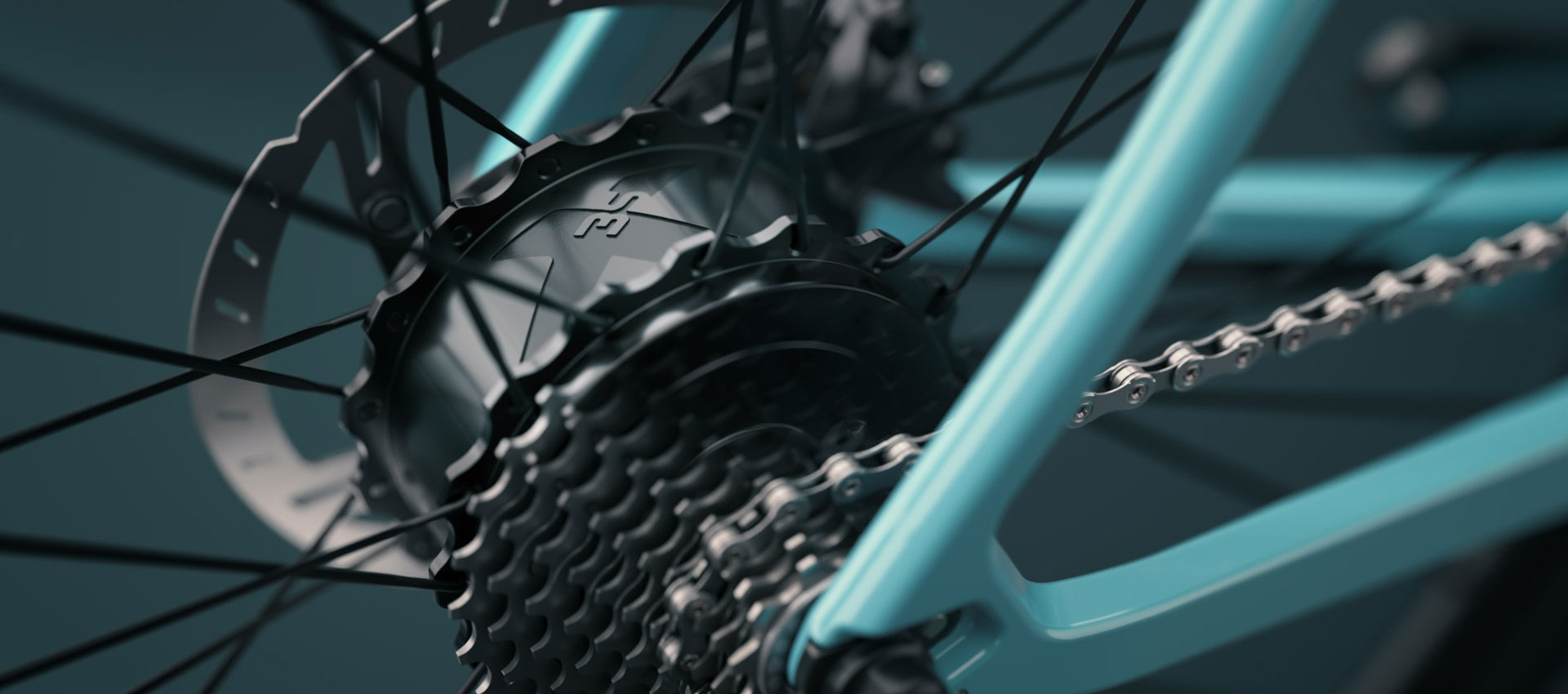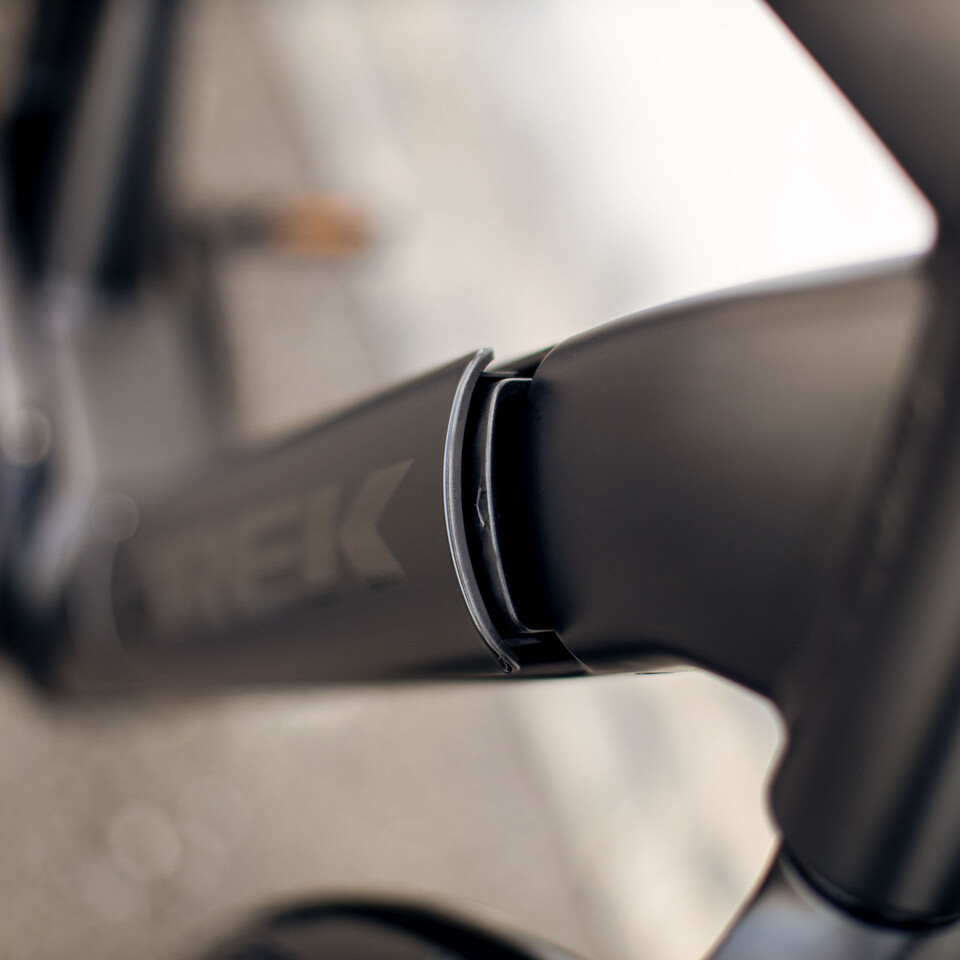
Electric Bikes
Behind the Numbers
Understanding the differences between electric bike motors and batteries can be intimidating, what with watts and newton metres, brands and battery capacity to consider. With technology progressing faster than ever, electric bikes have become an increasingly viable option for a range of cyclists, with many riders now contemplating the switch.
This article looks to break down the jargon to leave you informed, with a better understanding of what to look for in an electric bike.
What do the different Watt motors mean?
No matter the manufacturer, each electric bike motor will have an individual watt rating, which designates how much power is consumed over a period of time. Due to UK and EU regulations, power output is capped at 250w, although motors will exceed this when at peak power, such as on a hill-effort or sprint. This number is worth considering in relation to battery capacity, with higher outputs increasing battery use.
Most electric bikes will have a selection of assistance levels to choose from, with each setting delivering a different combination of power and battery use. It is worth noting that not every bike shares the same focus, with the rise of lightweight electric mountain bikes and road bikes seeing reduced power outputs to suit their compact, low-capacity batteries.
Are all electric bikes restricted to the same speed?
To comply with UK regulations, all electrically assisted pedal bicycles (EAPCs) must not provide assistance above a speed of 15.5mph/25kph. Models that exceed this limitation are classed as a motorcycle or moped and require a license, insurance, vehicle tax, and a helmet that meets UK standards. All models we sell meet EAPC guidelines and can legally be ridden by anyone over the age limit of fourteen.

What are battery Watt hours?
Referring to the maximum amount of watts that can be delivered in one hour, the Watt hour rating designates the battery’s overall capacity. In short, a higher Watt hour rating will increase the range of your electric bike. Battery capacity varies by a model's price, type, and purpose, ranging from 200Wh to 1000Wh+. With a focus on shorter journeys, electric hybrid bikes will often see smaller batteries than their long range, high-capacity electric mountain bike counterparts. Some performance electric road and mountain bikes use smaller batteries to enhance handling, reducing the weight of the bike for a more natural ride-feel.

Do bigger batteries take longer to charge?
Almost all electric bikes available utilise lithium batteries, which pair both an excellent lifespan with fast charge times. Larger capacity batteries will take longer to charge, with an estimated time being three and a half hours for a 400Wh battery, and four and a half for a 500Wh. To preserve condition, many manufacturers utilise battery management systems to increase battery lifespan. This ensures speedy “top-up” charges to an almost full charge level and a slower, trickle charge to the 100-percent mark. Some chargers such as the Bosch Travel and compact chargers will also take longer due to their 2A system design.
Does a bigger battery and motor mean a heavier bike?
With the weight penalties of an electric bike being well known, it will come as no surprise that larger batteries and more powerful motor systems make for a heavier bike. Battery weight depends on both its construction and capacity, with larger Watt hour batteries requiring an increased number of cells. The latest breed of electric road bikes sees smaller, compact motor systems that deliver a nimble ride character to match non electric models. These utilise motors such as the Specialized 1.1 and Fazua Evation to offer a reduced footprint and a non-electric aesthetic.
Hub motors vs chainset motors
The differences between hub mounted and chainset motors stretch far further than just their obvious visual differences. The driving factor between these two types for many consumers is the contrast in cost, with hub motors being a more value-orientated product. Hub motors come in two guises, front and rear-mounted, with front hub motors offering improved weight distribution, and rear-mounted better traction. Also known as mid-drive or crank motors, chainset motors are the performance choice of the two. Weight is distributed similarly to a traditional, non-electric bike, ensuring they are far superior on both hills and technical terrain.
Which brand of motor should I choose?
Booming in recent years, the electric bike market has gone from strength to strength. The choice of motor systems is more diverse than ever - so how do you choose the one that best suits your needs? Strong and powerful, the flagship Shimano EP8, Bosch Performance CX and Brose Drive F motors are ideal for those seeking maximum assistance. Well suited for the rigours of electric mountain biking, these powerful motors come with a weight penalty.
This has opened up a new market for lightweight motor systems such as the Specialized 1.1, Fazua Evation and ebikemotion X35. With a reduced weight at the compromise of range, these are suited for performance cyclists who value handling over assistance, as well as city-based cyclists requiring a more compact ride.
Should I buy my bike based on the motor brand or bike brand?
Undoubtedly, purchasing an electric bike is an investment. With an overwhelming array of models available, it is important to assess your needs and which aspects of an electric bike you value, whether that be the style of electric bike, power and torque on offer, or the bike's weight. Each brand will offer a unique selling point, and will likely be tied to a particular motor system brand. To narrow the selection, pick your discipline, motor system of choice, and then select the brand which resonates with you the most.
Our vast range of quality electric bikes ensures the process of choosing your next electric bike is simple, with there being a perfect model available for any rider preference. Discover your ideal electric road bike, electric mountain bike, electric gravel bike, electric hybrid bike or electric folding bike online today.












